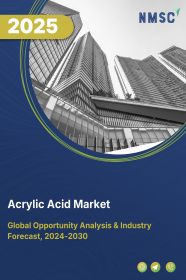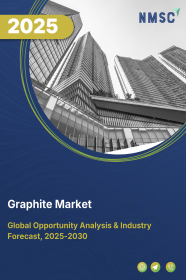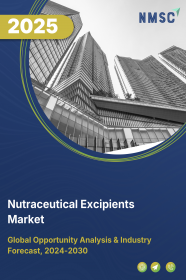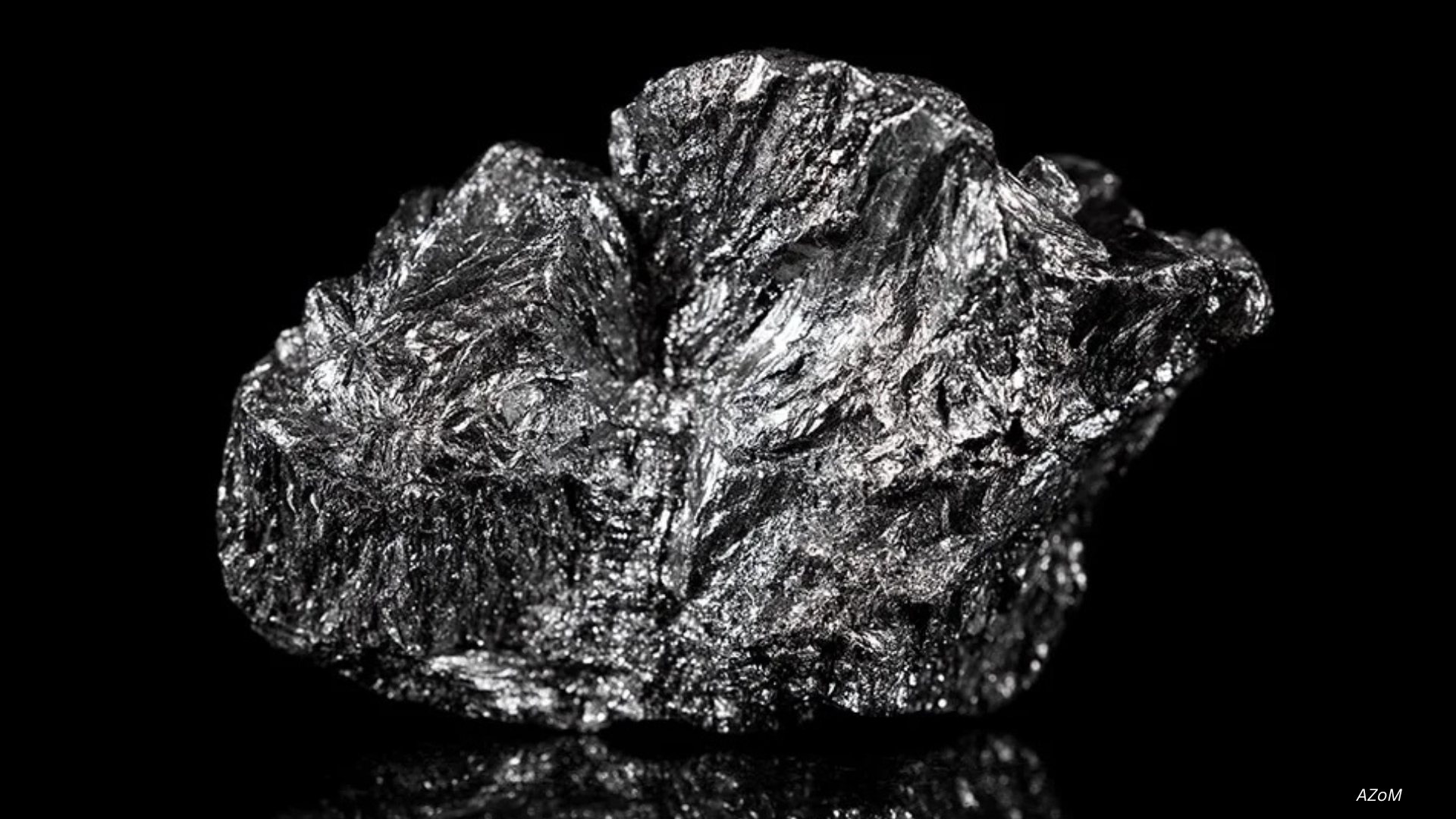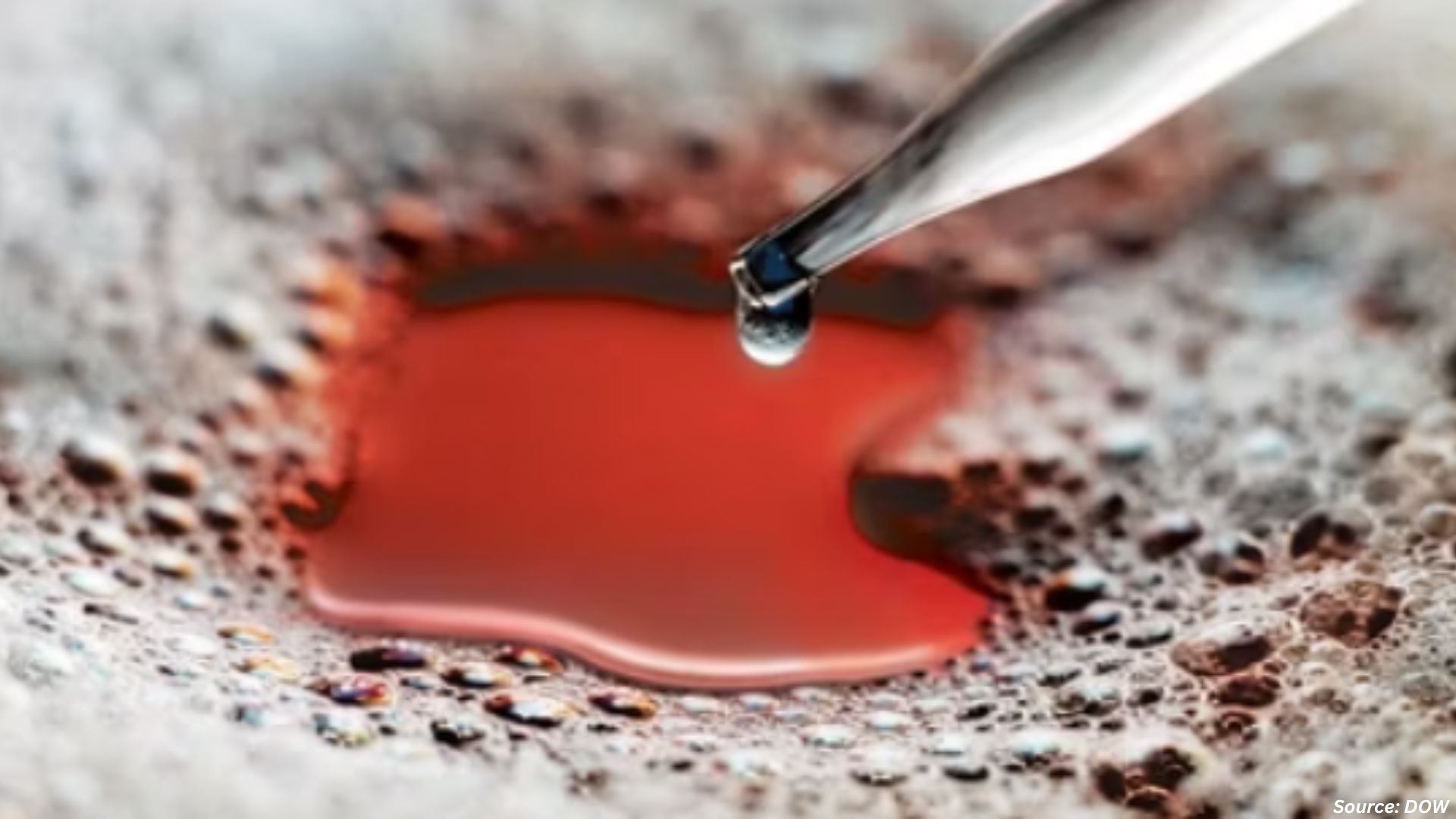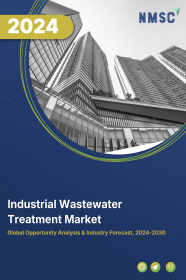
Industrial Wastewater Treatment Market by Offering (Treatment Systems, and Others), by Treatment Technology (Physical Treatment, Chemical Treatment, and Others), by Wastewater Type (Process Wastewater, Cooling Water, and Others), by Scale of Operation (Centralized Treatment, and Others), by Application (Boiler Feed Water, Chemical Production, and Others), by End-Use Industry (Power Generation, Oil & Gas, and Others) – Global Opportunity Analysis and Industry Forecast 2024-2030.
Market Definition
The global Industrial Wastewater Treatment Market size was valued at USD 17.73 billion in 2023 and is predicted to reach USD 26.61 billion by 2030 with a CAGR of 6.0% from 2024-2030. Industrial wastewater treatment is the systematic process of purifying and managing the water discharged during industrial operations. This critical procedure aims to remove contaminants and harmful substances, ensuring compliance with environmental regulations and contributing to sustainable water management.
The goal is to treat the wastewater effectively, making it safe for discharge or reuse, while minimizing the environmental impact of industrial activities. Industrial wastewater treatment helps industries meet regulatory standards, mitigate potential environmental risks, and optimize the responsible use of water resources.
Market Dynamics and Trends
The industrial wastewater treatment market is driven by the growing need to save and recycle water and to maintain the level of groundwater table, which is required for the sustainability of human life. According to a report published by UNESCO in May 2023, around 2-3 billion people globally experience water scarcity.
Additionally, approximately 26% of population around the globe doesn’t have the access to safe drinking water. This lack of access to safe drinking water is driving the need for industrial wastewater treatment, as it plays a crucial role in preserving and efficiently utilizing the limited water resources, addressing the challenge of ensuring clean and accessible water for a growing global population.
Moreover, the rapid industrialization in the petrochemical, pharmaceutical, and textile sectors, which increases the amount of discharged wastewater and solid waste, is further boosting the growth of wastewater management industries globally.
According to a report published by the Ministry of Commerce and Industry of the Government of India, in August 2023, the pharmaceutical sector in India growing at a rapid rate, with 3,000 drug companies and around 10,500 manufacturing units operating in the country, contributing to the rising volume of discharged wastewater. With such a rise in the number of pharmaceutical plants, the demand for wastewater utilization facilities is growing significantly, boosting the growth of the market in this region.
However, energy consumption is the major factor that hamper the growth of the industrial wastewater utilization market in developing as well as in developed countries. The wastewater treatment system consumes a large percentage of the electric power of a nation which increases the operational cost as well.
On the other hand, the introduction of new and efficient water treatment methods such as solar photocatalysis in the industrial wastewater treatment market is expected to create numerous opportunities for the growth of the market in the forecasted period. Solar photocatalysis reduces sludge by 80%, which limits the discharge of wastewater into the environment and decreases its negative impact to the environment.
Market Segmentations and Scope of the Study
The industrial wastewater treatment market share is segmented based on service type, stages, methods, end user, and region. Based on service type, it can be divided into designing and engineering consulting, and building & installation services. Based on stage type, it can be further divided into primary, secondary, and tertiary.
Based on methods, it can be divided into membrane separation, reserve osmosis, biological, disinfection, sludge treatment, and others. Based on end-user, the market can be bifurcated into municipalities, industries, power generation, and mining. Geographic breakdown and analysis of each of the aforesaid segments include regions comprising North America, Europe, Asia-Pacific, and RoW.
Geographical Analysis
Asia Pacific holds the dominant share of the industrial wastewater treatment market at present and is expected to continue its dominance during the forecast period. This is due to the rapid growth of pharmaceutical, petrochemical, and textile industries which raises the amount of discharged wastewater.
According to the latest report published by the Ministry of Petroleum & Natural Gas, in May 2023, chemical and petrochemicals demand in India is anticipated to reach about USD 1 trillion by 2040, contributing around 10% to the global petrochemicals demand.
As the demand for chemical and petrochemical products rises in India, the need for efficient wastewater treatment becomes paramount for sustaining both industrial growth and environmental well-being.
Additionally, the rise in the volume of discharge wastewater due to the increase in pharmaceutical industries in Asia Pacific countries such as China, India, and the Philippines are propelling the growth of the industrial wastewater treatment market.
As per the report published by the government of China, China's pharmaceutical market is anticipated to reach USD 161.8 billion by 2023, driven by the increase in demand for packaged medicaments and vaccines.
The surge in medication demand is expected to propel research and developments in the pharmaceutical industry, boosting the need for effective wastewater treatment solutions to efficiently manage the increased volume of wastewater generated from these processes.
Moreover, the rise in government initiatives and projects towards wastewater treatment is further boosting the growth of the market. According to a report published by the Ministry of Jal Shakti of the government of India, in December 2021, the government is providing financial and technical assistance to the states and union territories for the treatment of wastewater before discharging it into larger water bodies.
Additionally, the ministry also launched the Namami Gange scheme and National River Conservation Plan, both of which are strategic measures designed to impede the inflow of wastewater into major and minor water bodies. These initiatives collectively underscore the government's commitment to active wastewater management practices, contributing to the expansion and advancement of the wastewater treatment market in the Asia Pacific region.
However, North America is showing a steady rise in industrial wastewater fermentation due to an increase in the reliability of people in countries such as the US, Mexico, and Canada on treated wastewater for irrigation, domestic use, and electricity.
Additionally, the lack of wastewater treatment infrastructures is raising the demand for wastewater treatment in North America. For instance, in April 2021, the wastewater treatment plants in the US were functioning at an average of 81% of their design capacity, and 15% were either exceeded or reached their capacity.
This shortage of wastewater infrastructure is creating a huge demand for the construction of additional wastewater treatment plants, thereby driving the growth of the market. Moreover, the concentration of licensed nuclear power plants in North America drives the wastewater treatment market in North America. This is due to the significant use of clean water for the cleaning process of the primary coolants in these systems.
As per the latest report published by the United States Nuclear Regulatory Commission, in October 2023, there are 94 licensed nuclear power plants in the U.S. utilizing water for cooling and safety systems. As these plants generate wastewater with radioactive contaminants and cooling system impurities, there is a growing need for advanced wastewater treatment processes to comply with environmental regulations and safety standards.
Competitive Landscape
The industrial wastewater treatment market trends comprised various market players such as Veolia Environnement S.A., Ecolab Inc., Xylem Inc. (incl. Evoqua), SNF Floerger S.A.S., Solenis LLC, DuPont De Nemours, Inc., Pentair PLC, Kurita Water Industries Ltd., Kemira Oyj, Thermax Ltd, Doosan Heavy Industries & Construction Co., Ltd., WABAG (VA Tech Wabag Ltd.), Acciona Infraestructuras S.A., Fluence Corporation Ltd., Aquatech International LLC, among others. These market players are adopting various partnerships and acquisitions of businesses across various regions to maintain their dominance in the machine-learning market.
For instance, in July 2025, Veolia Environnement S.A. Opened the Vitória Water Reclamation Station in Brazil, the first large-scale reuse facility converting municipal wastewater to industrial-grade water using membrane bioreactors and reverse osmosis.
Moreover, in August 2025,Ecolab Inc.Acquired Ovivo's electronics water solutions division for $1.8 billion to enhance ultra-pure water services in semiconductor industries,
Key Benefits
-
The report provides quantitative analysis and estimations of the industrial wastewater treatment market from 2024 to 2030, which assists in identifying the prevailing market opportunities.
-
The study comprises a deep-dive analysis of the industrial wastewater treatment market including the current and future trends to depict prevalent investment pockets in the market.
-
Information related to key drivers, restraints, and opportunities and their impact on the industrial wastewater treatment market is provided in the report.
-
A competitive analysis of the players, along with their market share is provided in the report.
-
SWOT analysis and Porters' Five Forces model are elaborated in the study.
-
Value chain analysis in the market study provides a clear picture of the roles of stakeholders.
Industrial Wastewater Treatment Market Key Segments
By Offering
-
Treatment Systems
-
Primary Treatment
-
Secondary Treatment
-
Tertiary/Advanced Treatment
-
-
Treatment Chemicals
-
Coagulants & Flocculants
-
Biocides & Disinfectants
-
Scale & Corrosion Inhibitors
-
pH Adjusters
-
Chelating Agents
-
Others
-
-
Services
-
Design & Engineering
-
Operation & Maintenance
-
Installation
-
Sludge Management
-
Consulting
-
By Treatment Technology
-
Physical Treatment
-
Chemical Treatment
-
Biological Treatment
-
Membrane Technology
-
Advanced Methods
By Wastewater Type
-
Process Wastewater
-
Cooling Water
-
Boiler Blowdown
-
Stormwater
-
Rinse Water
By Scale of Operation
-
Centralized Treatment
-
Decentralized/On-site Treatment
By Application
-
Boiler Feed Water
-
Chemical Production
-
Cooling Towers
-
Closed‑Loop Chillers
-
Air Compressors
-
Air Washers
-
Pharmaceutical Production
-
Other Process Applications
By End-Use Industry
-
Power Generation
-
Oil & Gas
-
Chemicals & Petrochemicals
-
Food & Beverage
-
Pharmaceuticals
-
Pulp & Paper
-
Textiles
-
Mining & Metals
-
Other Industries
By Region
-
North America
-
The U.S.
-
Canada
-
Mexico
-
-
Europe
-
The UK
-
Germany
-
France
-
Italy
-
Spain
-
Denmark
-
Netherlands
-
Finland
-
Sweden
-
Norway
-
Russia
-
Rest of Europe
-
-
Asia Pacific
-
China
-
Japan
-
India
-
South Korea
-
Australia
-
Indonesia
-
Singapore
-
Taiwan
-
Thailand
-
Rest of Asia Pacific
-
-
RoW
-
Latin America
-
Middle East
-
Africa
-
Key Players
-
Veolia Environnement S.A.
-
Ecolab Inc.
-
Xylem Inc. (incl. Evoqua)
-
SNF Floerger S.A.S.
-
Solenis LLC
-
DuPont De Nemours, Inc.
-
Pentair PLC
-
Kurita Water Industries Ltd.
-
Kemira Oyj
-
Thermax Ltd
-
Doosan Heavy Industries & Construction Co., Ltd.
-
WABAG (VA Tech Wabag Ltd.)
-
Acciona Infraestructuras S.A.
-
Fluence Corporation Ltd.
-
Aquatech International LLC
REPORT SCOPE AND SEGMENTATION:
|
Parameters |
Details |
|
Market Size in 2023 |
USD 17.73 Billion |
|
Revenue Forecast in 2030 |
USD 26.61 Billion |
|
Growth Rate |
CAGR of 6.0% from 2024 to 2030 |
|
Analysis Period |
2023–2030 |
|
Base Year Considered |
2023 |
|
Forecast Period |
2024–2030 |
|
Market Size Estimation |
Billion (USD) |
|
Growth Factors |
|
|
Countries Covered |
28 |
|
Companies Profiled |
15 |
|
Market Share |
Available for 10 companies |
|
Customization Scope |
Free customization (equivalent up to 80 working hours of analysts) after purchase. Addition or alteration to country, regional, and segment scope. |
|
Pricing and Purchase Options |
Avail customized purchase options to meet your exact research needs. |

















 Speak to Our Analyst
Speak to Our Analyst



